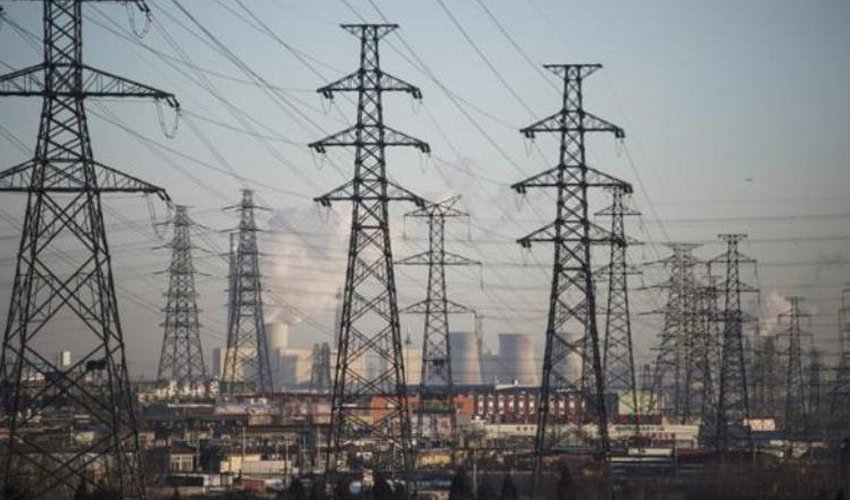In a recent media briefing, Federal Energy Minister Awais Leghari provided clarity on the processes involved in setting electricity prices in Pakistan, addressing public concerns and misconceptions.
Speaking on Tuesday, Leghari emphasized that the National Electric Power Regulatory Authority (NEPRA) is solely responsible for determining power tariffs, based on quarterly tariff adjustments and monthly fuel adjustment charges.
Leghari noted that petitions are routinely filed to establish electricity prices, and NEPRA’s decisions, often misunderstood by the public and the media, are grounded in these regulatory mechanisms. “NEPRA’s decisions are frequently misinterpreted due to a lack of understanding within the media,” Leghari stated.
Highlighting the latest developments, Leghari mentioned that NEPRA heard a petition on August 26, leading to an increase in electricity bills by 96 paisas per unit for the months of September to November, as part of the quarterly adjustment. However, he also pointed out that fuel adjustment charges are expected to decrease by Rs2.87 per unit, resulting in an overall reduction of Rs2.37 per unit in consumer bills.
Leghari addressed the common perception that electricity prices are perpetually rising, attributing it to a misunderstanding of the adjustment processes. “It is incorrectly perceived that electricity prices are always increasing, whereas the reality is that these adjustments are based on specific regulatory processes,” he explained.
In addition to these tariff adjustments, the federal government has recently introduced a comprehensive short-term and mid-term reform plan aimed at improving the power sector. Key measures include the elimination of cross-subsidies, revising taxes, and boosting electricity demand during the winter months. The plan targets a significant increase in electricity demand, from 10,000MW to 20,000MW, by shifting appliances like gas heaters and geysers to electricity and replacing substandard fans.
Other elements of the reform include the incorporation of captive power plants into the national grid, transitioning imported coal-fired plants to indigenous coal, and converting diesel-powered tubewells to solar power. The government has also laid out a three to five-year plan to address transmission defects across the grid, signaling a strong commitment to overhauling the energy sector.
These measures reflect the government’s efforts to reduce the financial burden on the industrial sector while ensuring that subsidies for domestic consumers are better targeted, linked to the Benazir Income Support Program (BISP) data. As the reforms take shape, consumers are expected to benefit from more stable and potentially lower electricity prices.













